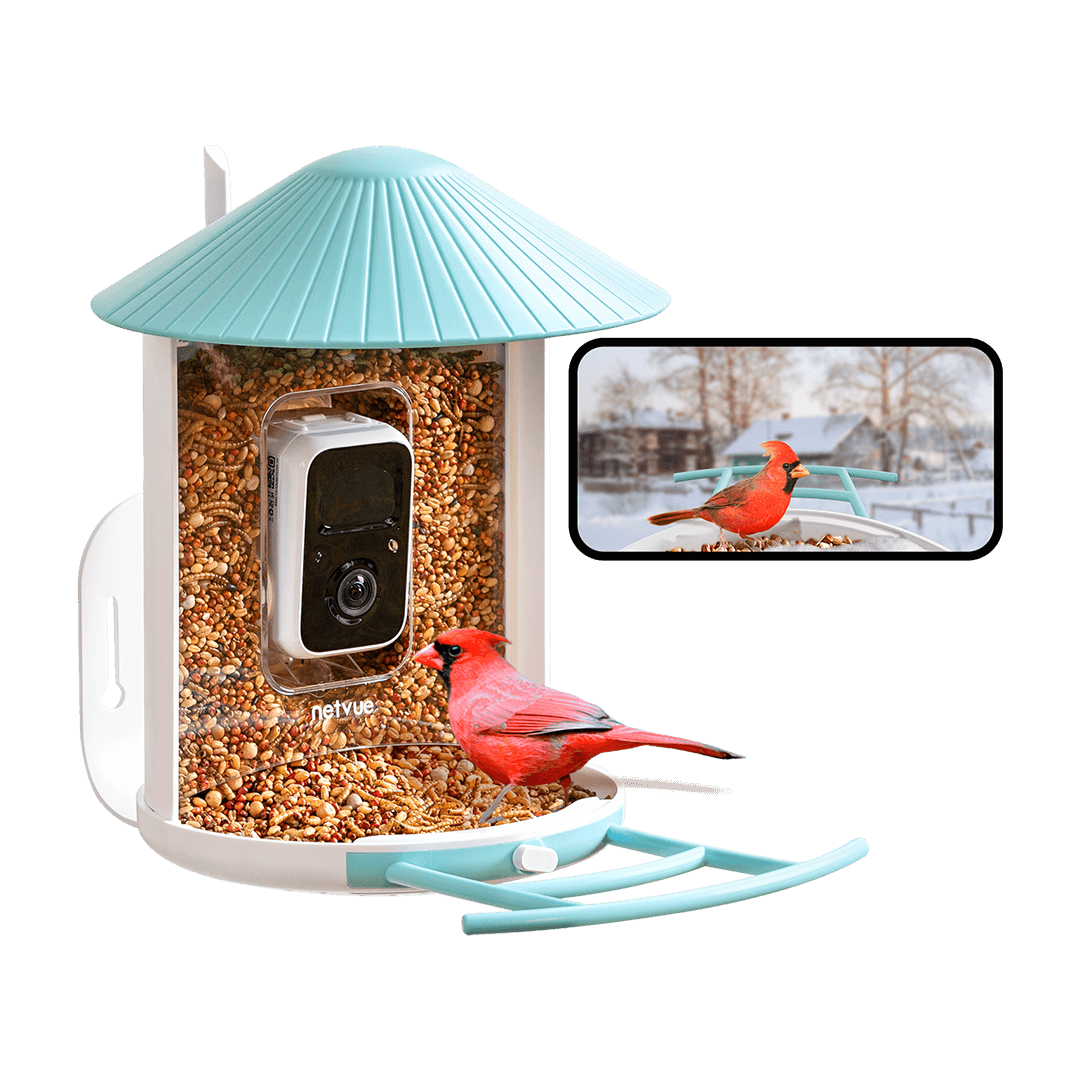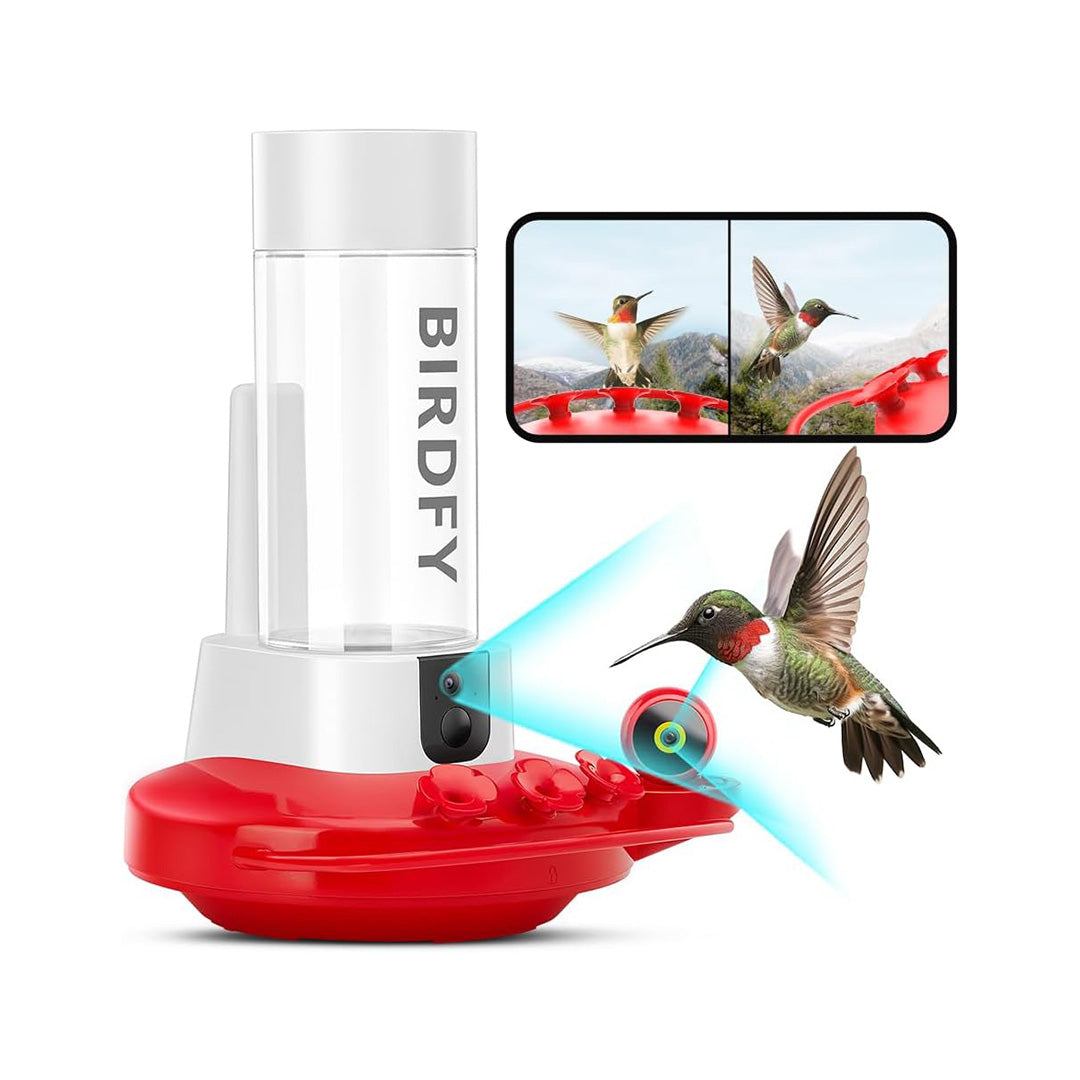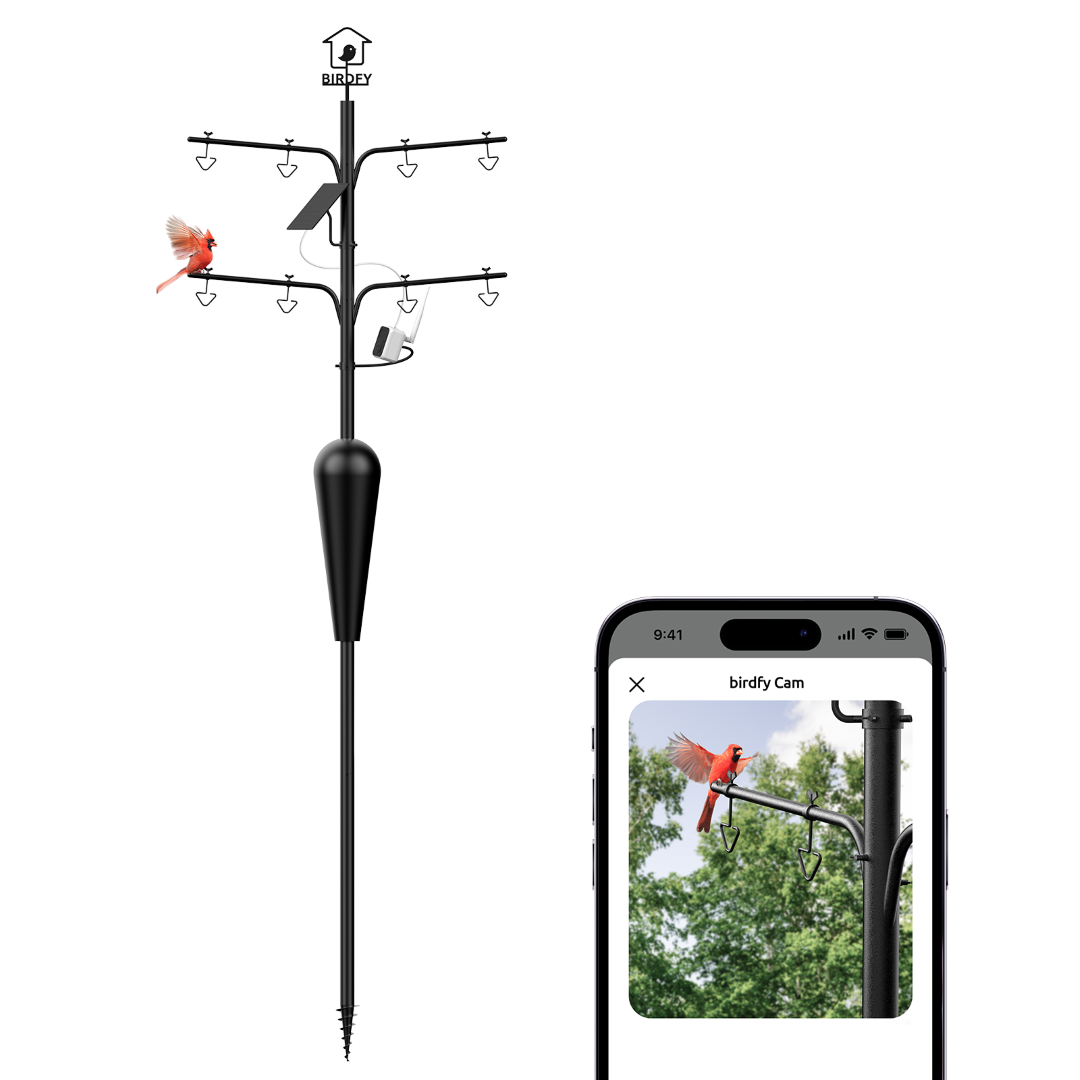Bird Introduction-Tufted Titmouse
The tufted titmouse is a small songbird from North America, a species in the tit and chickadee family. The black-crested titmouse, found from central and southern Texas southward, was included as a subspecies. The large black eyes, small, round bill, and brushy crest give these birds a quiet but eager expression that matches the way they flit through canopies, hang from twig ends, and drop into bird feeders. When a titmouse finds a large seed, you’ll see it carry the seed to a perch.

Basic Info
- Scientific Name: Baeolophus bicolor
- Lifespan: 2.1 years(average)
- Size: 5.5–6.3 inches
- Weight: 0.6–0.9 ounces (17–26 grams)
- Wingspan: 7.9–10.2 inches
Tufted Titmouse Distribution and Habitat:
The Tufted titmouse is non-migratory and originally native to the Ohio and Mississippi River basins factors such as bird feeders have caused these birds to occupy a larger amount of territory across the United States and stretch into Ontario and Quebec in Canada.

It will be found in most eastern woodlands below 2,000 feet elevation, including deciduous and evergreen forests. Tufted Titmice are also common visitors at feeders and can be found in backyards, parks, and orchards.
Tufted Titmouse in the backyard
Tufted Titmouse is regular at backyard bird feeders, especially in winter. They prefer sunflower seeds but will eat suet, peanuts, and other seeds as well. Tufted Titmouse builds their nests in cavities, so putting up nest boxes is a good way to attract breeding titmice to your yard. Make sure you put it up well before breeding season.
Tufted Titmouse Breeding
Tufted titmice nest in a hole in a tree, either a natural cavity, a human-made nest box, or sometimes an old woodpecker nest. Eggs measure under 1 inch (2.5 centimeters) long and are white or cream-colored with brownish or purplish spots. On average, these birds will have a clutch size of five to seven eggs. Unlike many birds, the offspring of tufted titmice will often stay with their parents during the winter, and even after the first year of their life.

Tufted Titmouse and its similar species
A jaunty gray songbird with a bold black crest, the Black-crested Titmouse occurs between two closely related species, the more muted Tufted Titmouse to the east and the even flashier Bridled Titmouse farther west. They are most at home in oak woodlands.

A Bridled Titmouse with black and white on its face, the Bridled Titmouse is a specialty of the middle-elevation forests of the southwestern U.S. and adjacent Mexico. They forage nimbly, often in oak trees, sometimes hanging upside-down from the slenderest of branches.






